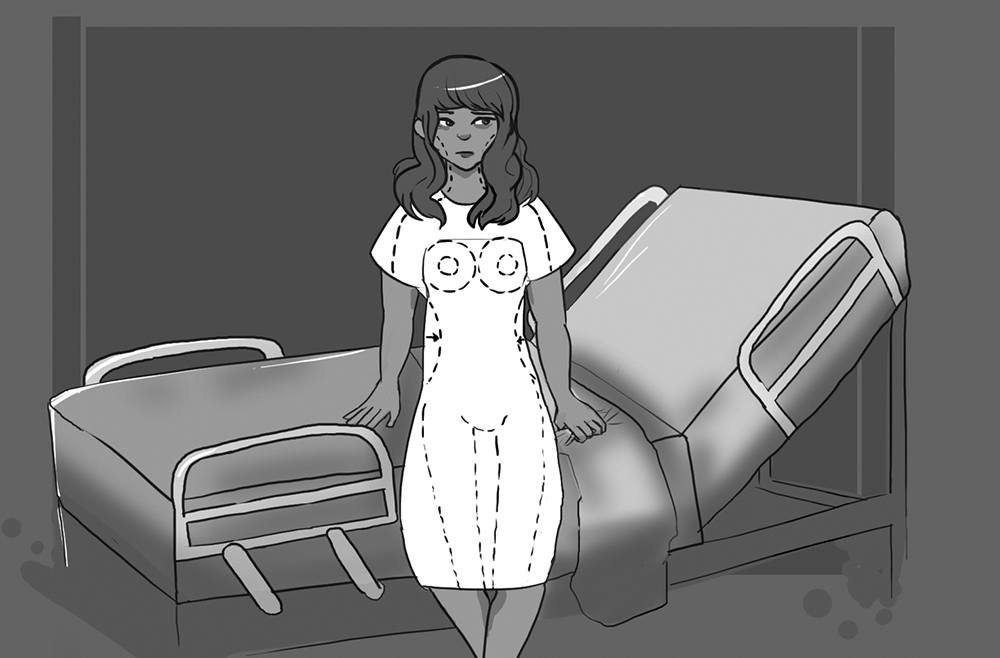Priya Saha | Staff Writer
Featured image: At The Plastic Surgery Clinic in Toronto, 40 per cent of patients are under 30. | Jasmine Wiradharma
Breast implants, facelifts and earfolds are no longer a mystical dream, as people rush to alter their natural bodies in search for the so-called “perfect body.” Cosmetic surgery can be performed on any part of the body and focuses on enhancing an individual’s appearance utilizing surgical or medical techniques.
Cosmetic procedures have been mentioned in the news recently, particularly whether they should be covered by government health plans like OHIP, which was created in 1972 and covers medically required health care services, including family doctor visits and eye exams for those who qualify.
There is a certain social stigma surrounding cosmetic surgery—the belief that the public will view the individual who has gone under the knife as self-conscious and incapable of accepting who they are. However, with the rise of social media, people are sharing their stories and experiences about cosmetic surgery.
But does this stigma, or the “normalizing” of this procedure, impact policymaking? Realistically, policymakers should not be taking personal experience or views into account while creating safe and accessible policies; this interferes the bias-free rationality required for such decisions.
OHIP does cover certain cosmetic procedures if it involves reconstructive facial plastic surgery after trauma or facial malignancy, such as a facelift or forehead lift if there is facial paralysis causing severe facial deformation. Nose operations addressing issues interfering with breathing may be covered, as well as eyelid surgeries that aim to correct vision impairment.
More controversial procedures like breast reductions may only be considered for OHIP if their current condition interferes with daily activities; the same goes for bariatric procedure for weight loss. If the person has a body mass index above 40 and they have failed previous medically supervised weight-loss programs, the procedure may be covered as it impacts their daily functionality.
On the other hand, policymakers have enacted policies that break social barriers. Such can be said about OHIP’s decision to cover previously approved sex reassignment surgeries as of March 2016.
Cosmetic surgery of any sort is a personal choice, so why should we care at all about someone enhancing their breast size? It is relevant considering that $10 billion was spent on cosmetic procedures by Americans in 2011.
On the other side of the border in Canada, surgeon visits among millennials seem to be more common. According to The Plastic Surgery Clinic in Toronto, 40 per cent of their patients are under the age of 30 and they have even provided breast augmentation for patients as young as 16 years old under special circumstances.
In 2010, Canada ranked 15th in the world as the most popular place for such procedures.
The beautiful individual on the magazine cover does not resemble how every beautiful individual should be, considering beauty is in the eye of the beholder and in this case, the beholder is you.


